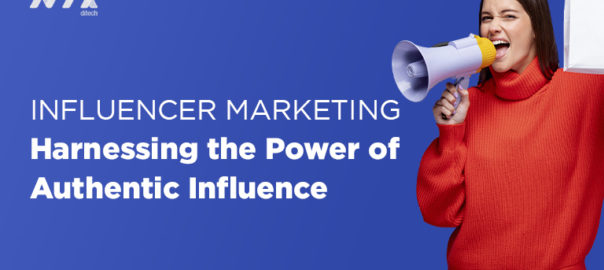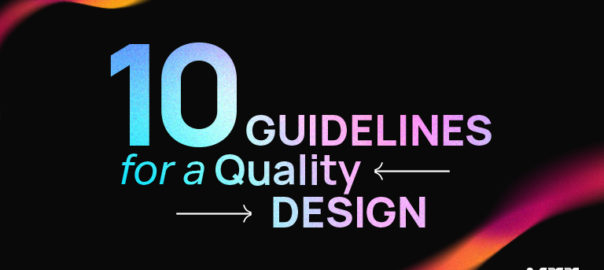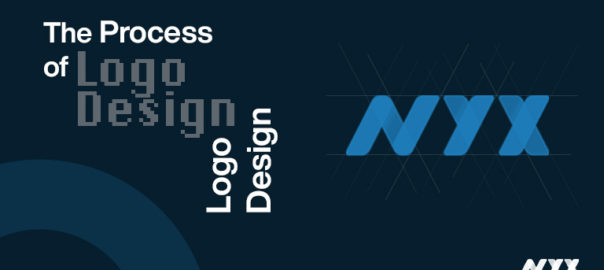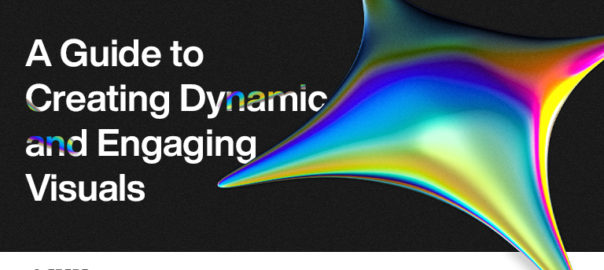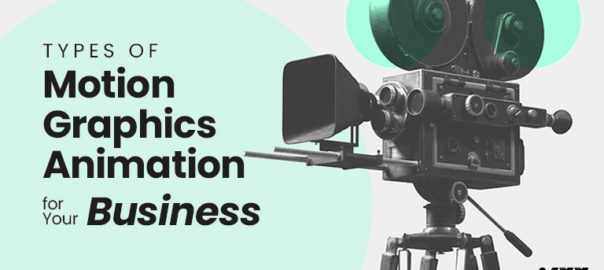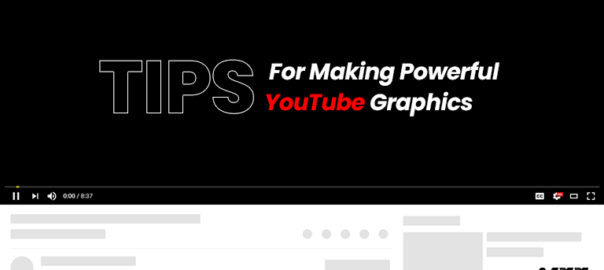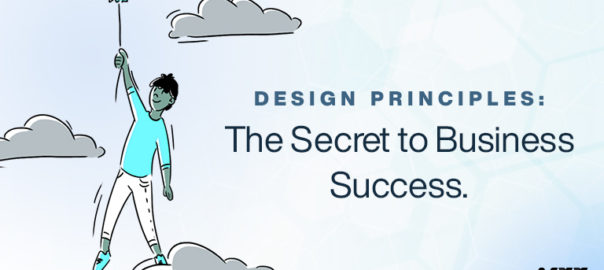Influencer marketing has emerged as a powerful strategy for businesses to connect with their target audience and drive brand awareness, engagement, and conversions. This performance marketing trend revolves around partnering with influential individuals in specific niches or industries to promote products or services to their dedicated following. By leveraging the power of authentic influence, businesses can effectively reach and engage their target audience in a more personalized and trusted manner.
Key Factors to Achieve Effective Influencer Marketing
- Define your goals and target audience: Clearly define your marketing objectives and identify your target audience. This will help you select influencers who align with your brand values and have an audience that matches your target demographic.
- Find the right influencers: Conduct thorough research to identify influencers who have a genuine connection with their audience and possess expertise or influence in your industry. Look for influencers who share similar values, aesthetics, and brand voice to ensure a seamless partnership.
- Authenticity over reach: Focus on finding influencers who prioritize authenticity over follower count. Engaging with micro-influencers (those with smaller, more niche audiences) can often yield better results as their followers tend to have a stronger connection and trust with the influencer.
- Build genuine relationships: Establish genuine relationships with influencers based on mutual respect and shared values. Take the time to understand their content, engage with their posts, and provide value to them before approaching them for collaborations. Building trust and rapport will lead to more effective partnerships.
- Set clear expectations: Clearly communicate your expectations and campaign objectives to the influencers. Provide detailed guidelines regarding the messaging, content format, and any specific call-to-actions. However, also allow room for the influencers’ creativity and personal touch to maintain authenticity.
- Monitor and measure: Implement tracking mechanisms to monitor the performance of your influencer campaigns. Set key performance indicators (KPIs) such as reach, engagement, website traffic, and conversions. Utilize tracking links or promo codes unique to each influencer to accurately measure their impact.
- Encourage disclosure and transparency: Ensure that influencers disclose their partnerships with your brand in compliance with applicable regulations and ethical practices. Transparency builds trust with their audience and maintains the authenticity of the influencer’s recommendations.
- Long-term partnerships: Consider building long-term partnerships with influencers who consistently deliver results and align with your brand values. Long-term collaborations allow influencers to develop a deeper understanding of your brand, resulting in more authentic and effective promotional content.
- Leverage user-generated content: Encourage influencers and their followers to create and share user-generated content related to your brand. This not only extends your reach but also reinforces authenticity and social proof.
- Evaluate and optimize: Continuously evaluate the performance of your influencer marketing campaigns and make data-driven optimizations. Analyze the engagement, conversions, and feedback to refine your influencer selection, messaging, and overall strategy.
Summary
By effectively harnessing the power of influencer marketing, businesses can tap into the trusted relationships influencers have with their followers, driving brand awareness, credibility, and ultimately, conversions. Remember, authenticity, mutual value, and genuine relationships are key to achieving successful influencer marketing campaigns. Get in touch with our team of experts to learn more.
Read more about importance of web marketing campaigns here.


